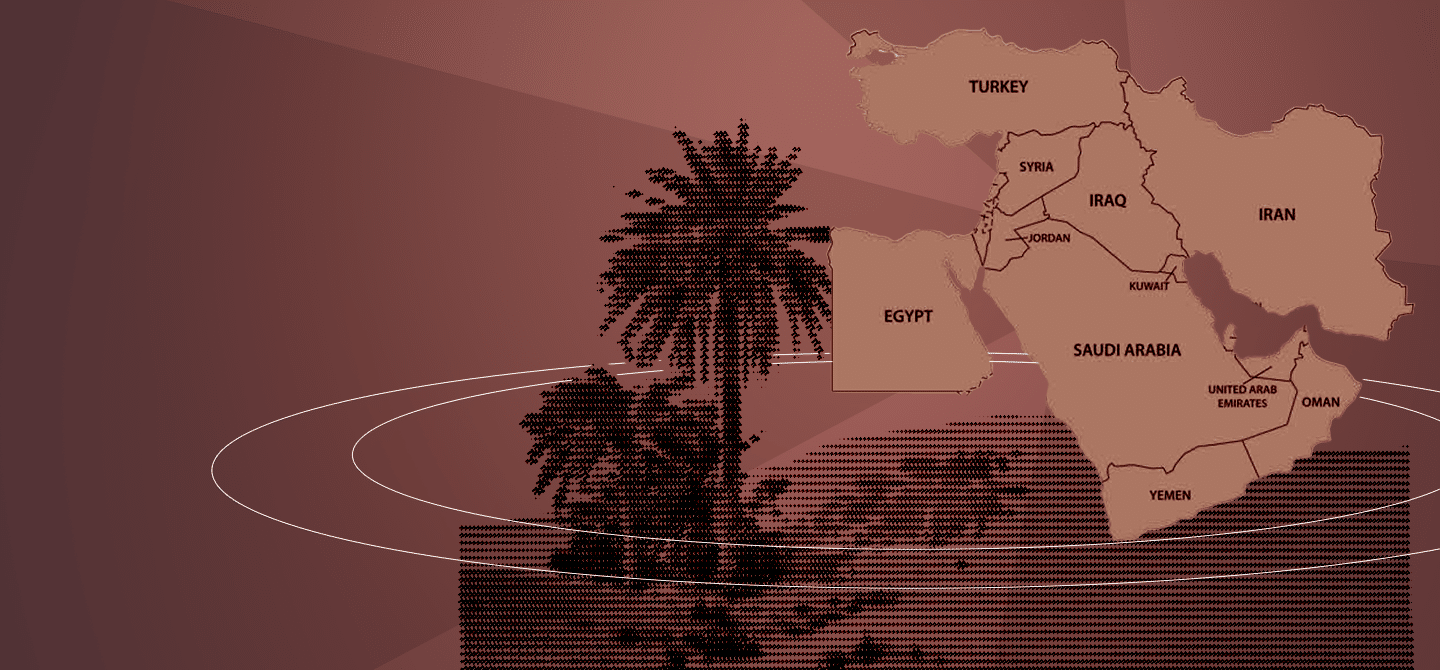Can neuroscience solve the mystery of consciousness?
- Neuroscience remains a relatively new academic discipline, and there is no theoretical consensus on what consciousness really is.
- Consciousness is a complex subject of study, and recent technological advances have raised hopes that its physical markers can be identified.
- The global workspace theory is a popular theory in neuroscience, which describes what consciousness does in a perceptible way.
- Certain theories pose ethical problems, such as confinement to a materialism that neglects other possible dimensions of consciousness.
- In particular, we must not forget an essential ethical question: are current technological developments really serving humanity?
Identifying what consciousness is has become the Holy Grail of neuroscience. But can consciousness be reduced to what can be observed in a laboratory? And what ethics should be applied to this new discipline, which raises the dual hopes of significant medical advances and substantial financial gains? We discuss this with Laure Tabouy, a neuroscientist and ethicist who is pursuing a second PhD in the ethics of neuroscience, digital technology, neurotechnologies and artificial intelligence at the Centre Gilles Gaston Granger (CGGG UMR 7304) at Aix-Marseille University, during which she is conducting a critical analysis of the neuroethics imposed by the development of neurotechnologies and the convergence of neuroscience and AI.
What kind of field of study is consciousness?
Laure Tabouy. Consciousness is one of the most complex areas of study, falling within the scope of both philosophy and neuroscience, as it encompasses various intertwined dimensions: awareness of the outside world and of oneself, the ability to reflect on and analyse one’s own thoughts and actions, the source of free will, and the capacity for moral judgement. Since Socrates, it has been one of the major subjects of study for philosophers and has become a focus for neuroscience since the 1960s. Since the 2000s, the convergence of nanotechnology, biotechnology, computer science and cognitive science has raised hopes that increasingly sophisticated technologies will make it possible to identify the physical markers of consciousness, and even of reflective consciousness. In parallel with these experiments on brain activity, various neuroscientific theories known as “theories of consciousness” have flourished in recent decades.
In France, the “global workspace theory”, proposed in the late 1980s by the American Bernard Baars and developed by the French neuroscientists Stanislas Dehaene, Lionel Naccache and Jean-Pierre Changeux, seems to have won widespread acceptance among neuroscientists. Could you explain what this theory consists of?
It is a so-called functional theory, which is very interesting from a conceptual point of view and is not inconsistent with certain observations made in the laboratory. It does not describe what consciousness is, but what it does in a perceptible way. According to this theory, the brain functions like a theatre: conscious thoughts occupy the front of the stage, also known as the “global workspace”, while in the background, specialised automatic processes located in the brain are constantly at work, processing sensory stimuli. At any given moment, only the results of some of these processes are brought into the spotlight, thereby becoming accessible to all the automatic neural processes operating behind the scenes.
Proponents of this theory postulate that the global workspace is made up of neurons with long axons, capable of transmitting information to very distant areas of the brain. In their view, the emergence of consciousness would therefore manifest itself through the activation of these vast cerebral networks.
Do other theories exist?
Around thirty of them! Of course, not all of them have the same resonance within the scientific community – or in the media and among funding bodies. One of the main competitors to the global workspace theory is the “integrated information theory”, proposed by Italian neuroscientist and psychiatrist Giulio Tononi in 2004. Rather than starting from brain activity to isolate the markers of consciousness, it sets out a global theoretical framework of what consciousness is, supported by a mathematical model. This theory defines consciousness as an emergent property of any physical structure capable of integrating information, and it applies this definition not only to the brain, but also to any information-processing system. The degree of consciousness of a system would thus depend on the amount of information it is capable of processing and its ability to compare this information at different levels, both regional and global.
Again, this is not inconsistent with what can be observed locally in the brain. But it leads proponents of this theory to consider artificial systems such as thermostats or photodiodes as “conscious” – an extension of the concept of consciousness about which many neuroscientists have serious objections.
This theory has been talked about as much for its novelty, even provocativeness, as for the fact that 124 researchers have labelled it pseudoscience1 in a preprint (editor’s note: a version of a scientific publication that precedes its acceptance by the editorial board of a scientific journal) published on the PsyArXiv platform. However, this document remains rather lightweight from a scientific point of view and is itself highly controversial within the neuroscience community.
So, there is no theoretical consensus within the field of neuroscience on what consciousness is?
No. A recent collaborative study2 compared the global workspace theory and the integrated information theory according to a protocol established by a consortium that claims to be neutral in theoretical terms. Their results confirm certain predictions by both theories but also call into question some of their key principles. Ultimately, this is not very surprising. Neuroscience is still a relatively new academic discipline. It has yet to find its internal theoretical convergence, and this convergence will likely come about through the combination of several theories.
You mentioned a plurality of dimensions intertwined in consciousness. Do these “theories of consciousness” encompass all these dimensions?
Popular neuroscience often takes a reductionist approach, meaning that it views its subject (consciousness) as the result of subsystems (brain processes or the organisational structure of information, for the two theories mentioned). Reductionism is not a problem in itself: it allows us to define a framework that makes the experiment possible. This is easily understandable, given that it already places a prism between us and reality, through which certain dimensions of consciousness may escape.
But the most widely publicised neuroscientific theories – including, above all, the global workspace theory and, to a certain extent, the integrated information theory – are also based on radical materialism: they assume that consciousness can be reduced to physical processes. This is a major philosophical assumption, which can – and must – be questioned. It is not itself the result of scientific consensus, and philosophy, from which it is derived, offers a wealth of alternative models to explain what consciousness is: idealism, certain forms of pluralism, dualism (particularly Cartesian dualism), spiritualism, etc. In fact, there is no reasonable basis for definitively favouring a materialist conception of consciousness.
How do you explain this fundamental adoption of radical materialism?
It seems to me to stem from the very conditions in which neuroscience itself was born. It was the emergence of extremely powerful technologies for observing brain activity that motivated its emergence. The incredible effectiveness of these devices has, in a way, blinded us: we have confused what we are able to see now or will be able to see in the future – which is, indeed, incredibly rich – with reality as a whole. The search for funding also plays a role in this stance: it is more marketable to say that we are going to get to grips with consciousness than to announce that we hope to make progress in observing some of the physical phenomena linked to the conscious activity of the brain…
Fundamentally, why does this materialist option pose an ethical problem?
It becomes problematic when it is considered the only way to access the truth of what consciousness is. In this case, it is an ideological stance that profoundly distorts ethical debates by creating a biased climate for reflection. Based on this materialist premise, some people are beginning to talk about the possibility of downloading consciousness in the future, for example. This transhumanist ideology is technoscientific in nature and is already steering research, political and financial choices in a direction that is highly questionable from an ethical standpoint. Neurotechnology companies are clearly adopting this bias by announcing that they can ‘read your brain’ or ‘decipher your brain waves to exploit your unsuspected abilities’.
The prospect of humans controlling their own consciousness is so fascinating that it obscures other pressing issues. How far are we willing to go in artificially modifying the human brain? How can we assess the impact of neurotechnology on human evolution, and is this where we collectively want to go? And the question that drives my thesis: how can we free neuroethics from the political and economic technosolutionist stranglehold imposed by the development of neurotechnologies and the convergence of neuroscience and AI? It is crucial that ethics be a part of this discussion, which is not really the case at the moment.
A Recommendation3 from the Council on responsible innovation in the field of neurotechnologies was issued by the OECD in 2019, which was adopted in France in the form of a charter4 co-signed by numerous research organisations. UNESCO is also preparing a recommendation that should be published in November 2025. It seems that ethics in neuroscience is becoming more organised…
The ethics of neuroscience is a recent development: it can be said to have emerged as a branch of ethics in its own right only in 2002, at the San Francisco conference on ‘neuroethics’. The texts you refer to were written in the context of geopolitical turmoil associated with the launch of huge brain research projects, such as the Human Brain Project5 undertaken on the initiative of the European Commission and the Brain Initiative6 launched by the Obama administration. These texts are less the result of genuine ethical reflection, questioning the foundations and consequences of ongoing technological developments, than an attempt to keep pace with these developments, driven essentially by market forces.
What would it take for a genuine ethical reflection to emerge?
Dissenting voices exist among philosophers, ethicists and neuroscientists themselves, but they are currently being stifled… A genuine ethical reflection must be based on a real philosophical, anthropological and cultural controversy. It must be borne in mind that Western materialist theories are far from universal. Beyond the philosophical currents already mentioned, almost all spiritualities and religions have a non-materialist view of consciousness. This should prompt us to shift our theoretical focus. Ethics must also remain independent of the financial interests linked to the technological developments it questions. And finally, it must keep its focus on the one question that ultimately matters: are these technological developments truly serving humanity in all its dimensions?















